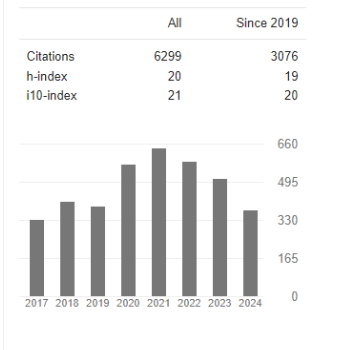Pelvic Exenteration Surgery Outcomes Following Establishment of a Complex Pelvic Surgery Multidisciplinary Tertiary Unit
Abstract
Alicia Mackowski, Alexandra Limmer,Tahmina Jahan Lata, Alexander McCarthy and Andrew Gilmore
Background: Pelvic exenteration surgery (PES) is a complex operation associated with significant morbidity. PES requires sub-specialised multidisciplinary input along with expertise in complex pelvic surgery and anatomy. The majority of published data on PES comes from high volume units, however there is emerging evidence of comparable short and long-term outcomes in lower volume units where dedicated multidisciplinary teams are established. This study reports outcomes of PES in a lower volume centre with a collaborative multidisciplinary surgical approach.
Methods: A retrospective review of patients who underwent PES for benign or malignant pathology at Liverpool and Macquarie University Hospitals between September 2015 and June 2022. Descriptive statistics were performed and Kaplan- Meier survival analysis for patients treated for malignancy with curative intent.
Results: A total of 67 patients undergoing pelvic exenteration were included (53.8% female; with mean age 59 years). Indications for PES were colorectal cancer (56.7%), gynaecological cancer (22.4%), other malignancy (9.0%) and complex benign pathology (11.9%). Posterior or total pelvic exenteration was performed in 88.1%. Median hospital stay was 16 days. Clavien-Dindo grade III or IV complications occurred in 34.3%. There were two post-operative deaths (3.0%; one palliative intent). For patients treated with curative intent (n=51), R0 resection margin was achieved in 92.2%, and R1 margin in 7.8%. Estimated five-year disease-free survival was 57.1%, and five-year overall survival was 65.5%.
Conclusion: Short and long-term outcomes of PES in a low volume unit with appropriate multidisciplinary expertise are comparable to published data on pelvic exenteration from higher volume units.




